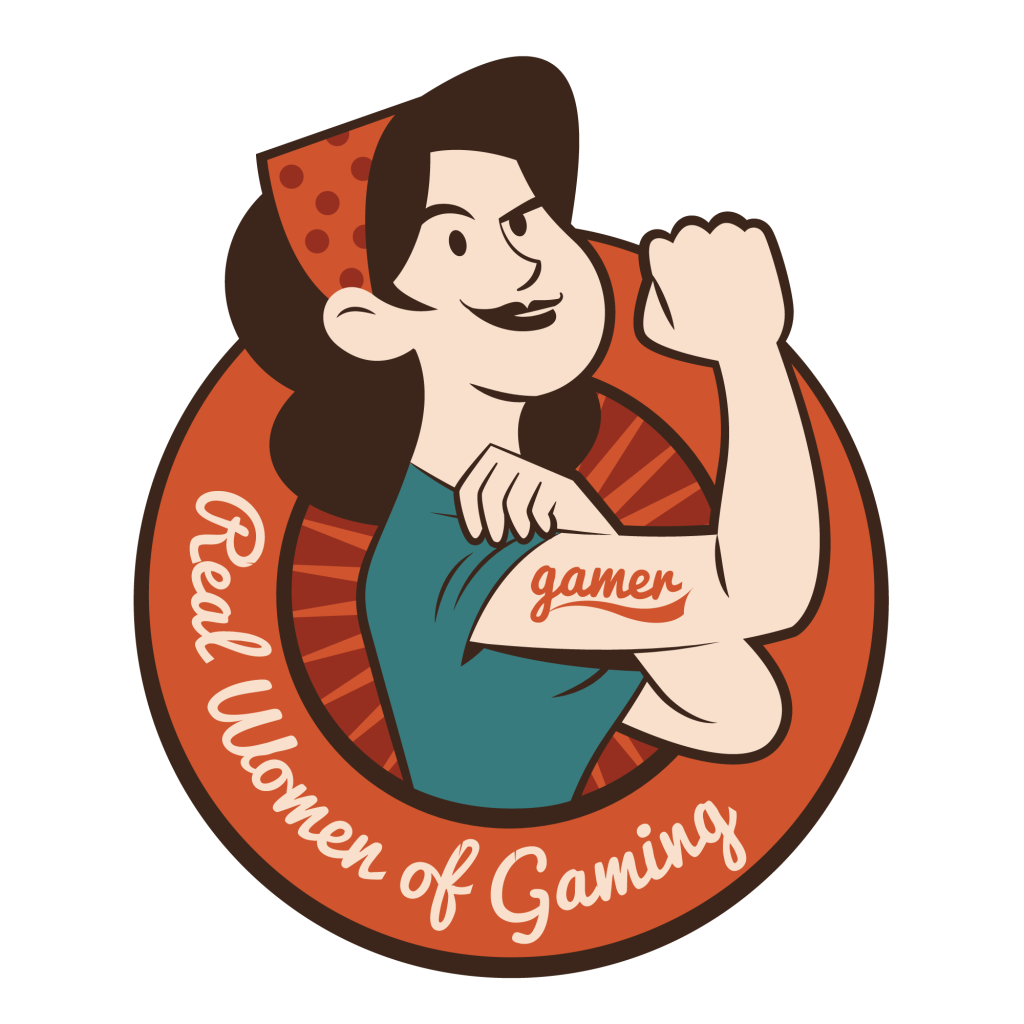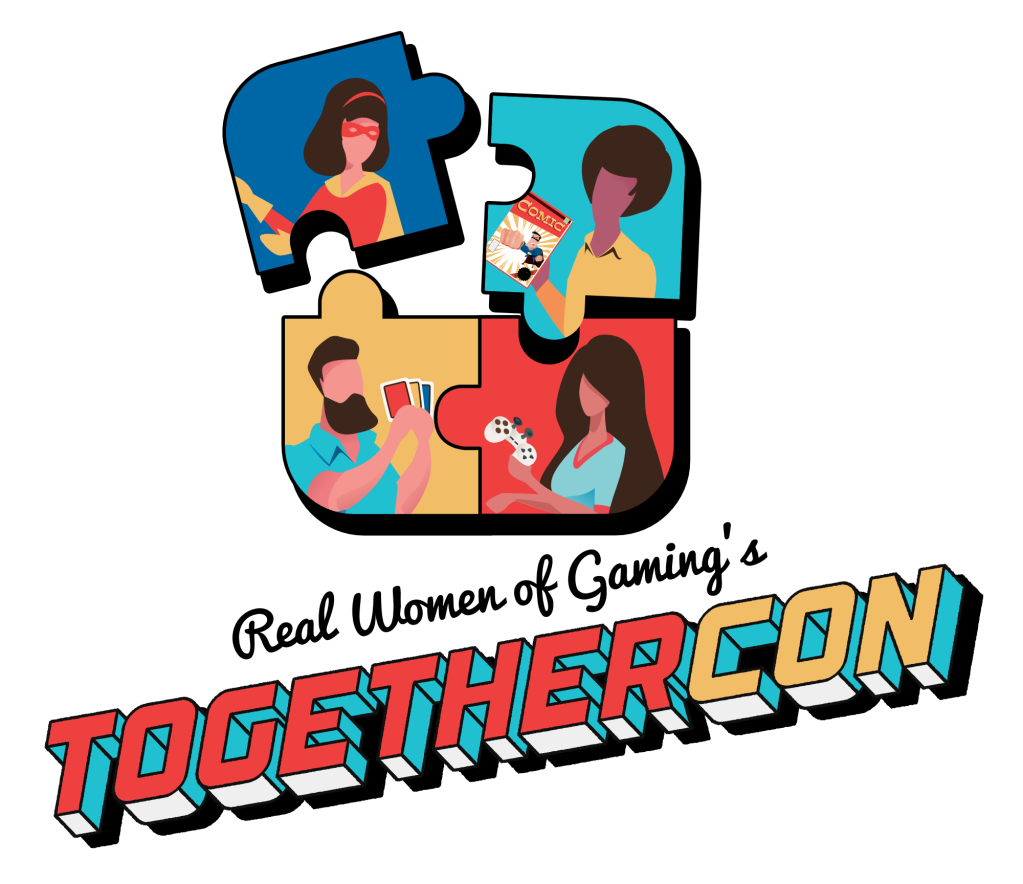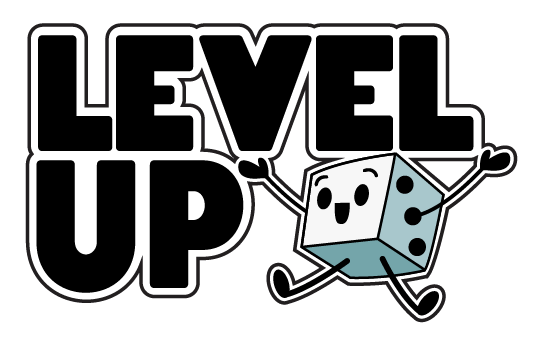
Whats more exciting and inspiring than a woman game designer? A woman game designer thats also teaching a whole new generation how to make games. I sat down last month with Saint Louis’s Kathleen Mercury to talk about game design in the classroom and inspiring kids to create and play.
What inspired you to teach game design?
I got into gaming after going to a gifted education conference, actually. It was about games you could have gifted kids play in the classroom, like stratego, and so afterwards I started looking into boardgames and found out about this whole other world that I had been oblivious to.
After playing a lot of games on my own I realized how great these would be for students to make in the classroom because it’s the Robert Sternberg trifecta of creative, analytical, and productive intelligence.
My big thing is that I want students to be creators not just consumers. I love that with game design, there is actually relatively little content they have to learn and the vast majority of the difficult work is struggling through the process.
All students, not just gifted kids, need to work with difficult problems that they create and that they have to design the solutions for. And then test, analyze the feedback at their given, and respond to the feedback by making changes that others have suggested. This is very difficult for adults, and in a lot of ways my students are better at doing this in seventh grade. They get feedback all the time from teachers so this way they learn how to work with giving a d getting feedback as part of an ongoing process.

Do you feel like the tabletop community is positive towards female designers?
I’ve only had positive experiences as a female game designer, so I’m glad that I can say that because I know others have not always reported the same. I think whenever women are entering a male dominated job or hobby like gaming, we will stand out. We just will. And I think especially in gaming, it takes a while for people understand that I’m not just there because I’m the girlfriend of a gamer, I’m a gamer in my own right and a designer as well.
For myself, I was a gamer and got involved in the gaming community before I really started to present my games. And even in the beginning, I was pretty limited in what I did. I did not contact publishers to set up meetings for game conventions, which is probably the most common way of getting a game published, but I did sign up for the BGGcon speed dating event for one of my games. (That game is actually in the process of being developed which is super exciting. Several years later after the event, but nevertheless it looks like it’s going to get made). Going to game conventions like BGGcon, Origins, and of course my local favorite Geekway to the West here in St. Louis, is what aspiring designers need to do. You’ll get to play a lot a prototypes, meet designers, and meet publishers. I’ve only ever had a blast going to game conventions and meeting people and I think that’s when the reasons why I can say I’ve never had any negative experiences. And I found that a lot of the gamers, designers, and publishers that I’ve met have been incredibly supportive when I’ve had games that I want to play test would have them take a look at.
What do you think gaming brings to the classroom?
I think gaming is one of the best activities for kids to do, both at school as well as at home. (I take a lot of pride in that I’ve introduced my students to so many games that they are now looking to games on their own, watch podcasts, and follow reviewers, so they bring in games that I haven’t even played yet.)
Gaming is a great social activity the way gaming online can never be. Negotiation both in terms of the rules of the game as well as learning how to navigate social situation is improved with gaming. Learning how to play nice, win nice and lose nice, how to clean up after yourself, and probably most importantly to engage in intellectual challenge for fun and recreation.
Especially for gifted kids, the population I work the most with, they need complex problems that they can solve, or try to figure out different strategies to solve, or these kids create their own problems to solve later. Plus they get to creative and take on different roles, whether it be a pirate or a snooty-faced European trade merchant. Kids love to have fun, as we all said, and I’ve probably laughed harder during various games with my students because of what happens in their responses to what happens and I think just bringing joy and fun into their lives is worth it.

How is teaching teens game design different from teaching adults?
Kids are much willing to take risks and go with what they think is fun and funny. Adults tend to take a more measured approach and think more realistically about the type of game they’re designing and how it would fit into the existing marketplace.
Of course, when kids are analyzing games it tends to be determined in a limited way like how much they like it or not, and adults can more clearly articulate the strengths and weaknesses of a game or prototype.
Everything kids encounter in their life for the most part are things they’ve never done before so they are used to just jumping in and giving it a try. Adults tend to be more cautious and more concerned about failure from the beginning.
But for either group, you have to work to shift their thinking from success and failure as mutually exclusive binary constructs but instead to see failure as a setback towards the ongoing forward-moving process to success.
What at do you find the easiest about teaching design? The hardest?
I think it’s all hard! Just kidding. I’m not mathematically inclined myself, so sometimes when it comes to working with designs to make them balanced or to intuitively understand how to make a game more balanced, that’s definitely a weakness of mine.
Rather than easiest, I’ll say the most fun part is that amazing feeling of having a really great idea. Either the really big idea that gets the whole design in motion, or a really clever inventive solution towards a difficult problem.

Favorite game? Why?
I think my favorite game from a design standpoint is Survive! Escape from Atlantis, currently published by Stronghold Games. There are a lot of really great games out there and game designers that I admire tremendously, but for me, Survive is so much fun to play. I almost don’t even care if I win. The theme and mechanics are integrated so well and it has a great balance between what I can do to help myself and what I can do to impede others. It has great components, and the possibility for laugh out moments quite a bit.
Especially when playing with kids, who sometimes have a really hard time and even melt down if something bad happens to them in a game, this game has so many opportunities for bad things to happen, both to you and to other players, of it that it actually helps to make losing easier for kids.
What do you hope educators get from your website?
When I first decided to teach game design, I found very little out there to help me. Most of it was either designed to be used by video game designers or what I could find was not really that helpful. I had to adapt a lot of what I found, like from board game designers forum, to make activities that I could use with my students and even now I do very little actual lecture or paperwork, I’ve created a lot better activities to help kids learn how to design games.
Having kids understand what the most common mechanics are and how they can use them in a game is the most important thing towards them designing games because otherwise they will stick to what they know which is for the most part roll and move and event decks.
I started using the game UnPub as a way for them to develop a whole wide variety of game concepts and if they didn’t know one of the mechanics on their card, than they would have to look it up. It lent itself to lot more discussion about mechanics and themes and how they could be applied. The kids’ games and understanding of mechanics have become better since I started using that to teach mechanics, as opposed to the PowerPoint that I used to do.
Teaching really is game design. Anytime you’ve come up with a lesson and then when the lesson, seen where the problems are, trying to create solutions for them, and make it better and more interesting for the next time is exactly what game design is.
I think for me the most exciting thing is hearing from gamers and teachers all over the world who discovered my website and say things like oh my god this is exactly what I’m looking for, thank you so much for doing this, totally makes my day. All of it’s free because I just want people to have access to use it to learn from it. A lot of homeschool groups are using it, it’s being used at all different levels from elementary through college, and I’m always happy to collaborate and consult with anyone at any time on just about anything related to gaming.

How would you like to see more gaming implemented into the class room in the future?
More after school clubs at least so kids have access to really great games in that critical time after school, before their parents get home from work, when they might be more inclined to be on the computer playing games. I don’t have any problem video games at all, but if we can keep kids engaged with each other socially and at school, that’s a great thing. Plus it’s more kids come to my game club, when I have them in class they already have exposure to so many really great games that it makes working with them in game design a lot easier. They have a lot of ideas and I’ve already seen a lot of things they like and don’t like.
As far as the classroom itself I think there’s a lot of really exciting things happening with the gameification of the classroom, and not just a point system is overlaid over what you’re already doing, but more ways to figure out how to get kids to create their own answers given a set of information rather than being presented with incorrect/correct answers. Turning dry lessons into games, even if they aren’t great, will get a better response and more engagement from students then just straight up facts being taught.
Big announcements or upcoming news?
I have two games in development with different publishers! So the next couple of years should be especially exciting, when those hit the market. I’ll keep you updated when they get announced!

Kathleen is also a character in the upcoming Heroes Wanted: Elements of Danger! Check it out on Kickstarter!




Leave a comment